The Remarkable Mathematical Skills of Honey Bees
Written on
Chapter 1: Introduction to Honey Bee Intelligence
Mathematics is often regarded as the language of the universe. As Galileo aptly noted, understanding the cosmos necessitates a grasp of mathematical principles. Honey bees, common yet extraordinary creatures, exemplify this truth in their remarkable abilities.
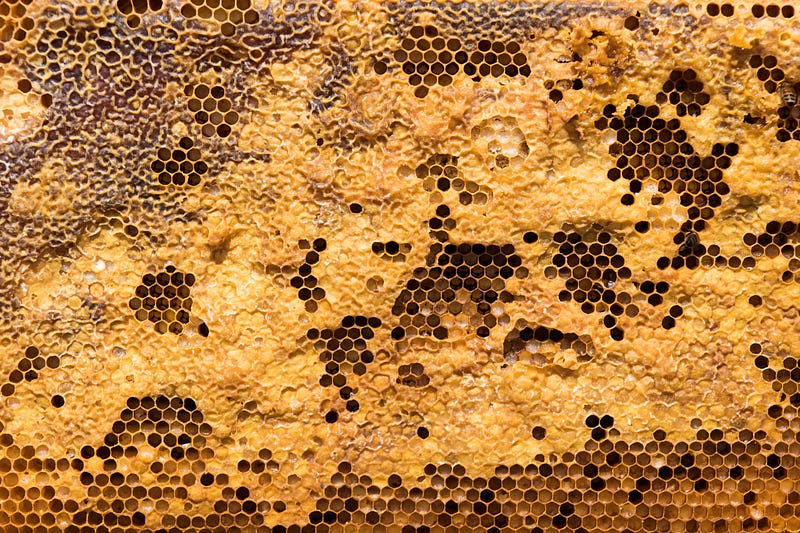
Everyone is familiar with honeybees, but these insects possess insights about the world that human mathematicians have only recently uncovered. With their intricate patterns, ability to fly freely, and talent for producing sweet honey, honey bees are arguably one of nature's finest mathematicians. Their understanding of their environment rivals that of graduates from top scientific institutions, demonstrating that mathematics is indeed nature's language. Aristotle first documented their fascinating behaviors, sparking centuries of mathematical intrigue surrounding these creatures.
Like Jon Snow ruling the North, honeybees reign supreme in the insect realm, showcasing intelligence that surpasses many other animals.

The famous quote often attributed to Einstein claims that if bees were to vanish, humanity would face dire consequences within four years. Until the principles of mathematics were discovered, humans struggled to appreciate the perfection embodied in honeybee design. What makes them the ultimate mathematicians of nature? Here are five compelling reasons:
- They create geometrically efficient wax structures.
- Their preference for hexagonal shapes over others.
- Their ability to solve the “Travelling Salesman Problem” with ease.
- Their understanding of the concept of zero.
- Their proficiency in basic arithmetic.
A honeybee only two weeks old becomes adept at producing wax, transforming sugar from honey into a remarkable building material. The honeycomb they construct is a testament to their innate architectural skills, achieved without formal training in mathematics or engineering principles.
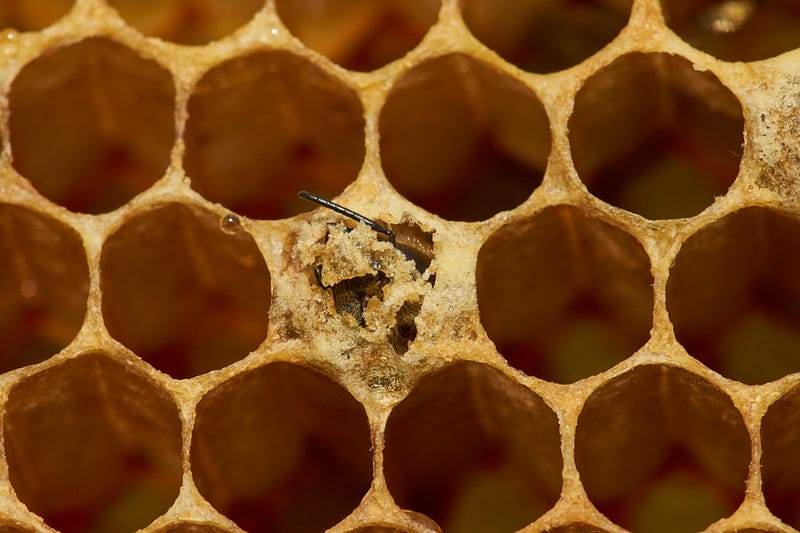
Wax holds immense value for bees, and crafting a honeycomb is labor-intensive. Countless bees travel far and invest countless hours to gather nectar, convert it into wax, and mold it into precise patterns. The efficiency of their design is crucial, as they must balance material use with the ability to store large quantities of honey.
For example, a circular cell could be economical only in isolation, but when arranged together, it leads to wasted space. Efficient storage requires shapes that minimize gaps, and thus, honey bees utilize regular polygons.
Some may mistakenly believe that bees experimented with various shapes before settling on hexagons. However, there is no fossil evidence of any other cell shape. Hexagonal cells have been the bees' choice throughout their existence.
Chapter 2: The Geometry of Honeycombs
The first video titled "Why bees are so good at Math! | Beekeeping with Maddie #4 - YouTube" explores the mathematical principles behind honeybee behavior, showcasing their unique problem-solving skills.
Honey bees employ triangles, squares, and hexagons for their cells, with hexagons emerging as the most efficient choice. The design allows walls to serve multiple purposes, conserving materials. Modern science corroborates this choice, revealing that hexagons allow for maximum storage while minimizing wax use.
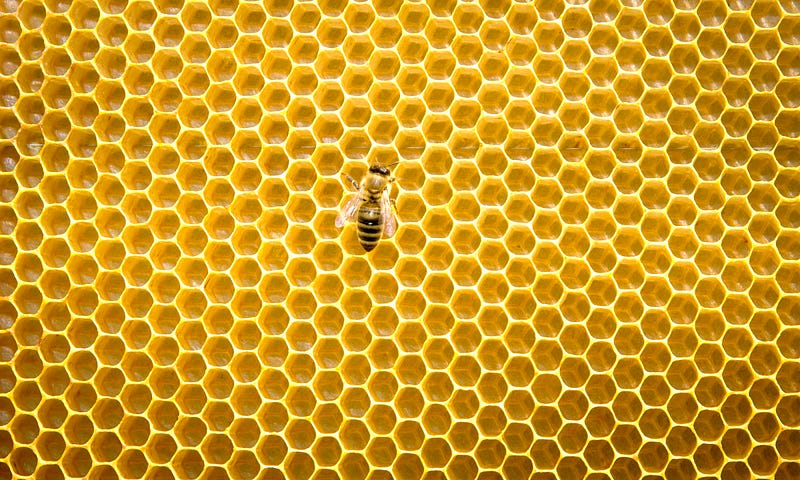
An intriguing experiment involving cups arranged in a hexagonal pattern demonstrates why hexagons are optimal. By gently pulling a belt around the cups, the hexagonal formation emerges naturally.
To prove the superiority of hexagons, consider the questions:
- How can volume be divided into equal shapes using minimal material?
- What shapes should be used?
These deceptively straightforward questions form the basis of the Honeycomb Conjecture, extensively analyzed by mathematicians.
The second video, "Bees Can Do Math According to Humans That Do Science - YouTube," illustrates the remarkable cognitive abilities of bees in solving mathematical challenges, further highlighting their intelligence.
Philosophers and mathematicians believe that bees instinctively understand these mathematical principles while constructing their honeycombs. They may not consciously grasp the reasoning behind their choices, akin to how a football player does not need to understand physics to excel in the game.
Moreover, the hexagon is not only economical but also structurally sound, maximizing the strength of thin wax walls. Engineers recognize that hexagonal structures require significantly less material to support weight, showcasing the bees' intuitive design skills.
Chapter 3: Honey Bees and Basic Math
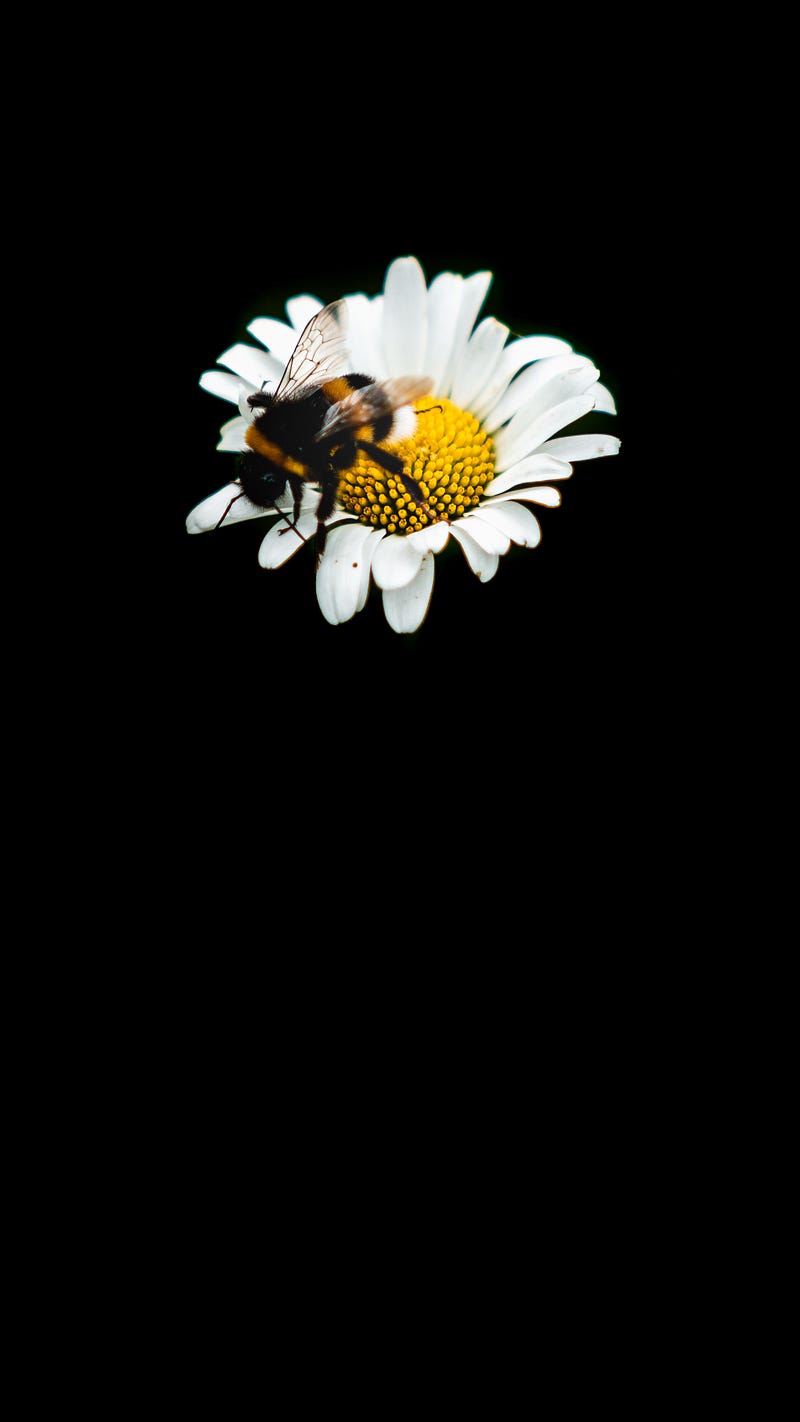
Honey bees also excel in solving fundamental arithmetic problems. Research involving a Y-shaped maze revealed that bees could comprehend addition and subtraction. The study, published in 2019, involved visual stimuli indicating whether to add or subtract shapes, demonstrating bees' ability to learn and adapt.
Scarlet R. Howard, the study's lead author, emphasized that insects possess intelligence and can tackle complex cognitive tasks, challenging the perception of their mental capabilities.
With a brain containing approximately 1 million neurons compared to a human's 100 billion, honey bees demonstrate that significant cognitive feats can emerge from smaller brains, potentially informing advancements in artificial intelligence.
Chapter 4: Understanding Abstract Concepts
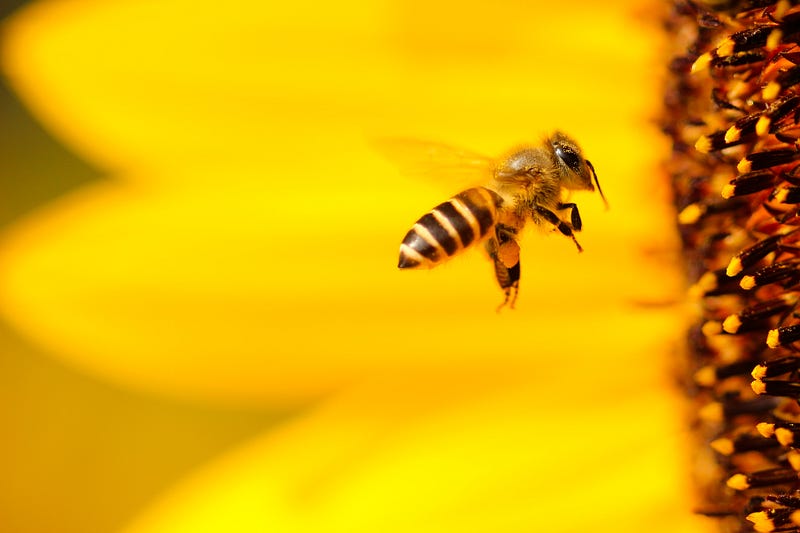
The concept of zero poses challenges even for young children, yet honey bees grasp this abstract idea. Experiments demonstrated that bees could recognize zero as a quantity less than one, showcasing their remarkable cognitive abilities.
This discovery is significant for humans, suggesting that understanding complex concepts may not require large brains and could inform the design of more efficient artificial intelligence systems.
Chapter 5: The Traveling Salesman Problem and Communication
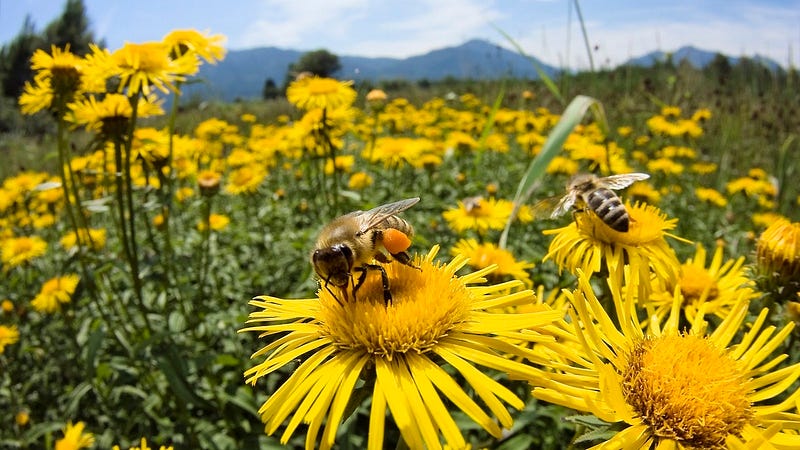
Most impressively, honey bees can solve the complex Traveling Salesman Problem, finding the shortest route to flowers without needing to evaluate every possible path. Their foraging behavior demonstrates remarkable memory and learning capabilities previously thought to belong only to larger animals.
After locating food, bees return to the hive and perform a waggle dance to communicate vital information about the food source's location and distance, further showcasing their advanced social behaviors.
Honey bees have the ability to perceive ultraviolet light and utilize their internal clock to navigate, demonstrating an intricate understanding of their environment.
In conclusion, honey bees exemplify nature's mathematical genius, embodying the language of the universe through their intricate designs and behaviors. Their remarkable capabilities inspire awe and highlight the divine intricacies of the natural world.
Note: If you find this exploration of honey bee intelligence intriguing, consider subscribing to "Beyond Euclid!" for more engaging insights into math and science.